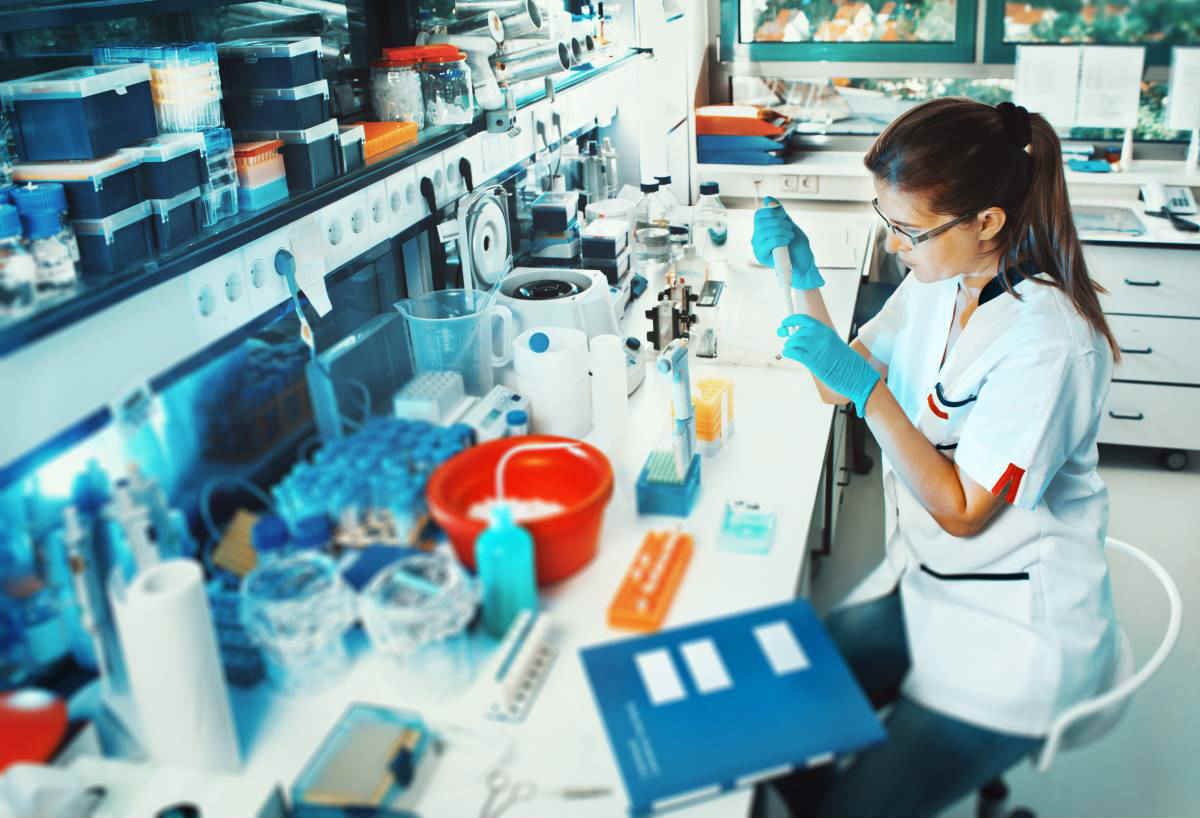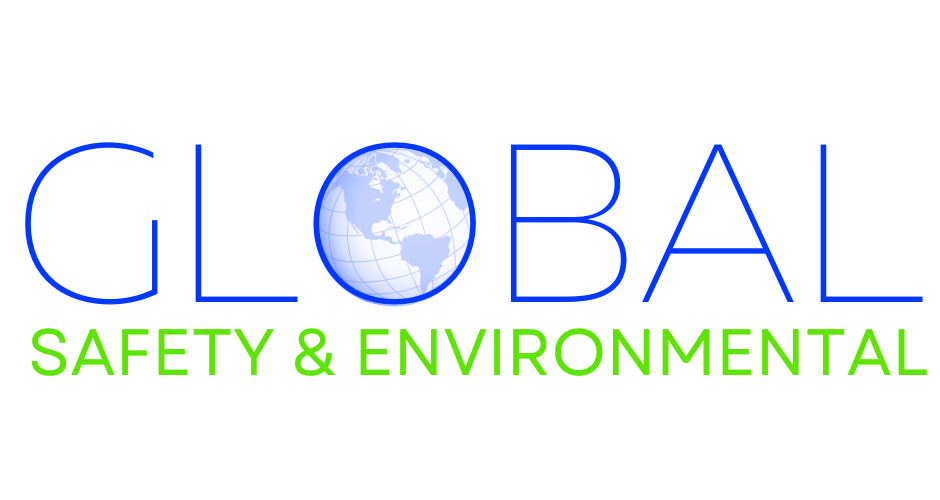The Laboratory Environment

Laboratories come in all shapes and sizes, each with its own set of research activities and associated risks. Here’s a glimpse into some common laboratory types:
- Chemical Laboratories: These hubs of synthesis and analysis often deal with a variety of chemicals, from flammable liquids to corrosive acids. Understanding the properties of these materials and their potential hazards is crucial for safe handling.
- Biological Laboratories: Microorganisms, bloodborne pathogens, and genetically modified organisms are the focus of research in these labs. Here, the emphasis shifts to biosafety practices to prevent infections and unintended releases.
- Physics Laboratories: While seemingly less hazardous, physics labs may utilize lasers, high-voltage equipment, and cryogenics. Proper training and safety measures are essential to mitigate electrical hazards, radiation exposure, and extreme temperature risks.
- Radioisotope Laboratories: Research involving radioactive materials necessitates stringent safety protocols to prevent radiation exposure. These labs utilize specialized ventilation systems, shielding, and personal protective equipment to minimize risks.
Regardless of the specific research focus, all laboratories share some common safety concerns. These include:
- Chemical Spills: Accidental spills can release harmful substances, requiring proper containment and clean-up procedures.
- Fires and Explosions: Flammable materials and improper handling techniques can lead to fires or explosions. Maintaining a clean work environment and understanding fire safety protocols are crucial.
- Exposure to Hazardous Materials: Inhalation, ingestion, or skin contact with hazardous chemicals or biological agents can cause health problems. Personal protective equipment (PPE) serves as a critical barrier to prevent such exposure.
Personal Protective Equipment (PPE)
Now that we understand the potential hazards, let’s explore your first line of defense – Personal Protective Equipment (PPE). PPE comes in various forms, each designed to shield you from specific risks:
- Safety Glasses or Goggles: Protect your eyes from splashes, flying debris, and harmful radiation.
- Gloves: Chemical-resistant gloves shield your hands from contact with hazardous materials. Choose the right glove material based on the specific chemicals being handled.
- Lab Coats: These provide a physical barrier between your clothing and potential contaminants.
- Respiratory Protection: Respirators are worn in situations where airborne contaminants pose a threat. The type of respirator needed depends on the specific hazard.
The proper use and selection of PPE is crucial. Ensure your PPE fits correctly and is in good condition. Training on donning and doffing procedures for specific PPE is essential to maintain its effectiveness.
Safety Data Sheets (SDS)
The Safety Data Sheet (SDS) serves as your go-to resource for comprehensive information on any hazardous chemical used in the lab. SDS documents typically include:
- Chemical Identity: Details the chemical name, synonyms, and CAS number.
- Hazard Identification: Describes the physical and health hazards associated with the chemical.
- Precautionary Measures: Outlines safe handling and storage protocols.
- First-Aid Procedures: Provides crucial information in case of accidental exposure.
- Disposal Considerations: Specifies proper disposal methods for the chemical waste.
SDS documents are readily accessible in the laboratory, often kept in binders or electronically via a designated database. Familiarize yourself with the location and format of your lab’s SDS resources. Knowing how to locate and interpret information in an SDS is an essential skill for safe chemical handling.
